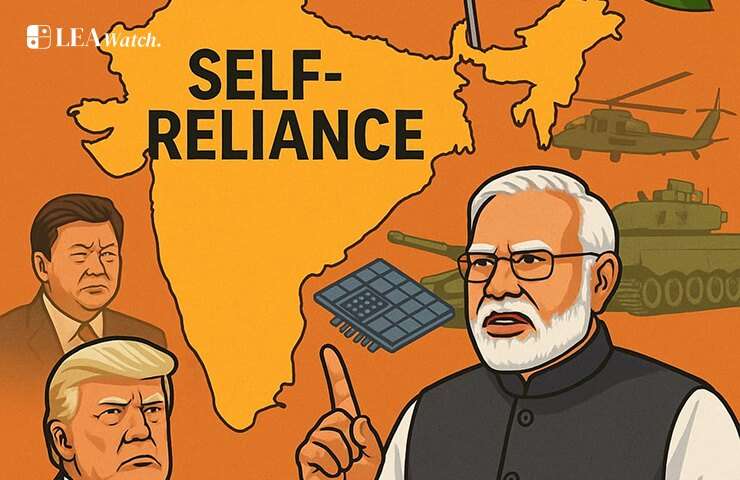NEW DELHI — The Trump administration’s tariff strike on Indian goods has revived an old question: is America pressuring India for buying oil from Russia, punishing a growing economy, or signaling displeasure after Operation Sindoor showcased India’s expanding military confidence?
The move comes at a time when European nations continue trade with Moscow without facing similar heat. This double standard fuels suspicion that Washington’s real concern is India’s growing economic and strategic autonomy, not just its Russian ties. Simultaneously, renewed U.S. outreach to Pakistan through aid and security cooperation adds to the perception of deliberate pressure on New Delhi.
For India, the lesson is clear: reliance on Western markets makes it vulnerable. Tariffs, sanctions threats, and geopolitical balancing should push India harder toward Atmanirbharta (self-reliance) building resilient supply chains, expanding indigenous defense, and diversifying export markets.
Trump’s long-term goal appears twofold: contain Russia’s revenue streams and keep India tethered to Western alignment. Yet, attempts to suppress India could backfire, accelerating its shift toward economic independence and multipolar diplomacy.
The real question remains: will U.S. pressure limit India’s rise or catalyze its transformation into a truly self-reliant global power?

